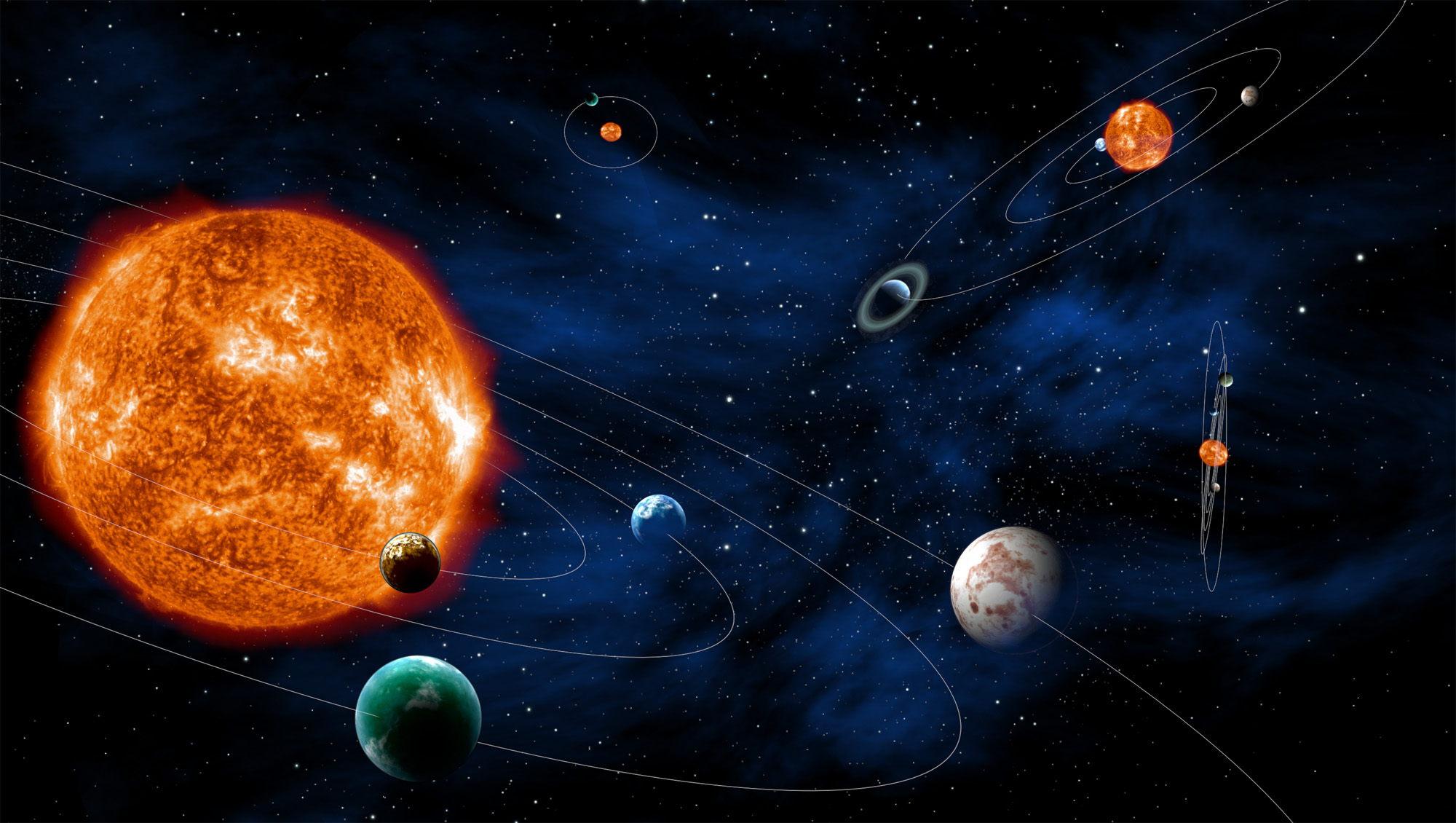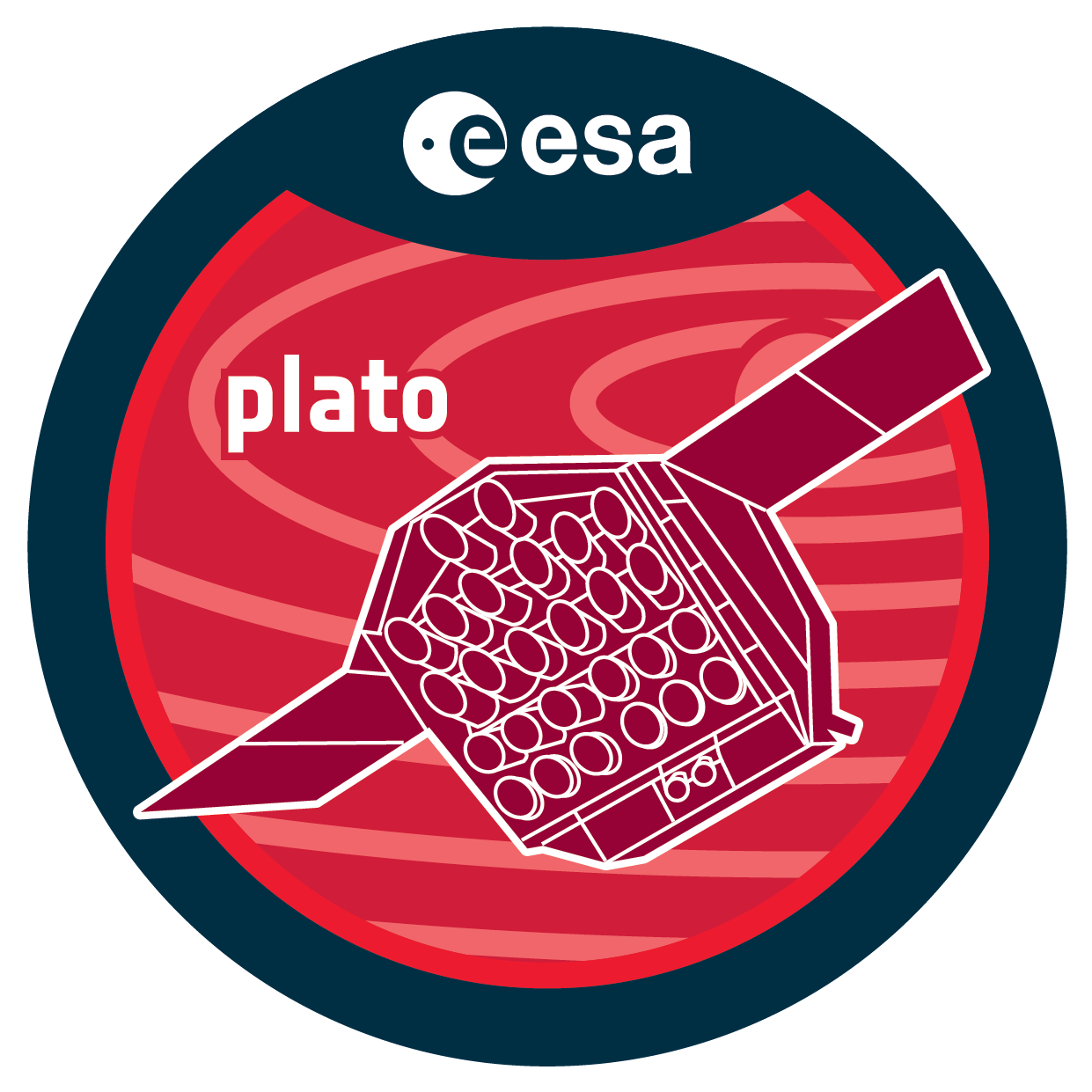PLATO - PLATO
Revealing habitable worlds around Sun-like stars
WHAT IS PLATO?
The primary goal of PLATO (PLAnetary Transits and Oscillations of stars) is to open a new way in exoplanetary science by detecting terrestrial exoplanets and characterising their bulk properties, including planets in the habitable zone of Sun-like stars. PLATO will provide the key information (planet radii, mean densities, stellar irradiation, and architecture of planetary systems) needed to determine the habitability of these unexpectedly diverse new worlds. PLATO will answer the profound and captivating question: how common are worlds like ours and are they suitable for the development of life?
Understanding planet habitability is a true multi-disciplinary endeavour. It requires knowledge of the planetary composition, to distinguish terrestrial planets from non-habitable gaseous mini-Neptunes, and of the atmospheric properties of planets.
PLATO will be leading this effort by combining:
-
planet detection and radii determination from photometric transits of planets in orbit around bright stars (V < 11),
-
determination of planet masses from ground-based radial velocity follow-up,
-
determination of accurate stellar masses, radii, and ages from asteroseismology, and
-
identification of bright targets for atmospheric spectroscopy.
The mission will characterise hundreds of rocky (including Earth twins), icy or giant planets by providing exquisite measurements of their radii (3 per cent precision), masses (better than 10 per cent precision) and ages (10 per cent precision). This will revolutionise our understanding of planet formation and the evolution of planetary systems.
PLATO will assemble the first catalogue of confirmed and characterised planets with known mean densities, compositions, and evolutionary ages/stages, including planets in the habitable zone of their host stars.
The PLATO satellite. Copyright: ESA/ATG Medialab


